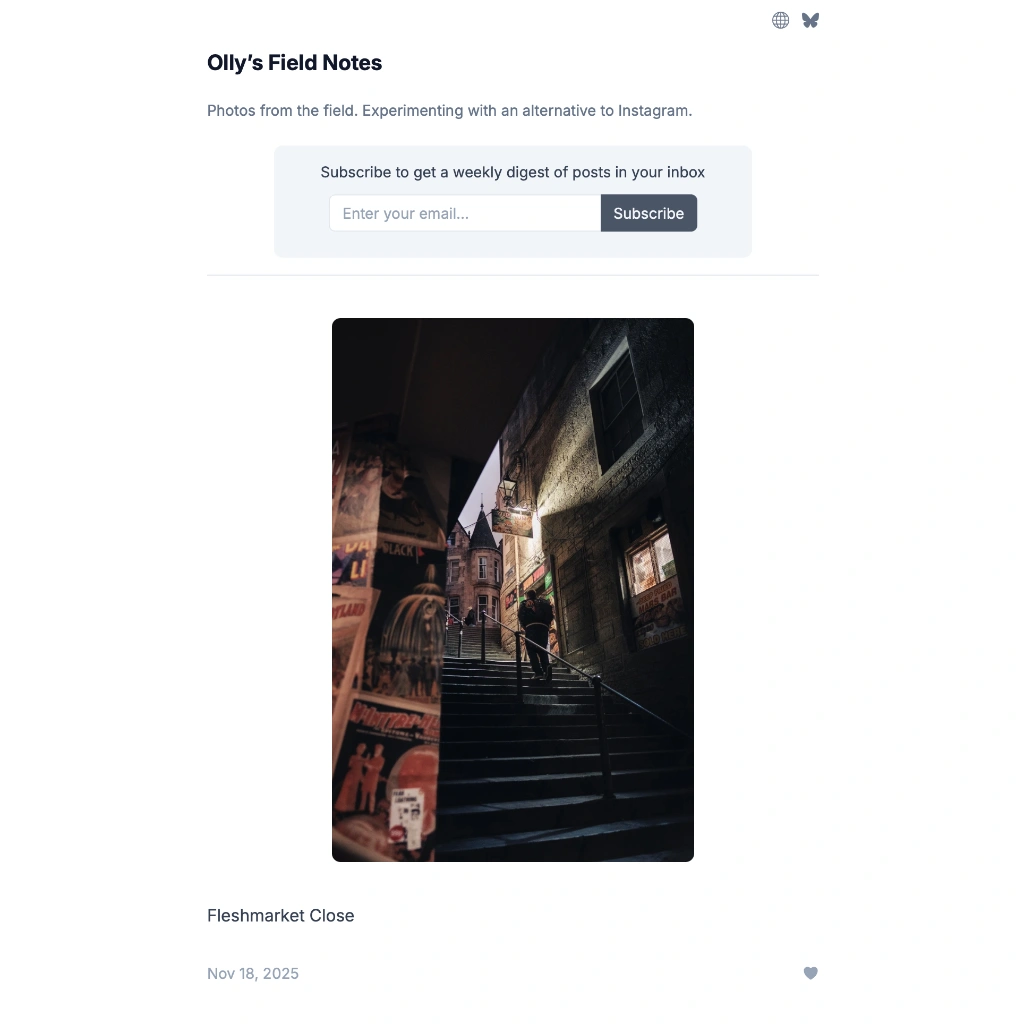Using the Leica M11 Monochrom for street photography

Like many photographers, I’ve always wanted to try a Leica M. How can you not be intrigued by the brand heritage, its famous lenses with the “Leica look”, not to mention the roster of famous photographers who made their name shooting with Leicas – Henri Cartier-Bresson, Walker Evans, Annie Leibovitz, Elliott Erwitt, Joel Meyerowitz. You can’t not be curious to find out what, if anything, makes these cameras special.
One would be pretty gung ho (or wildly rich) to spend over £14,000 on a camera body on one lens without trying it though. This is not a “normal” digital camera at all. It’s a proper rangefinder and is manual focus only. It’s essentially as close to a film camera as you can get in digital form, so you need to try before you buy!
Thankfully Leica UK offer a free test drive of their cameras, including the M. They require ID and a £5,000 hold on your credit card, a chunky barrier to entry, but as long as you look after it you won’t be charged. I felt it was worth the risk!
I love black and white photography, but I also love colour. I wanted to try the standard M11 but Leica didn’t have one available for testing, so I plumped for the M11 Monochrom. It’s the exact same body and controls, but it comes with a unique black and white-only sensor. Fine with me!
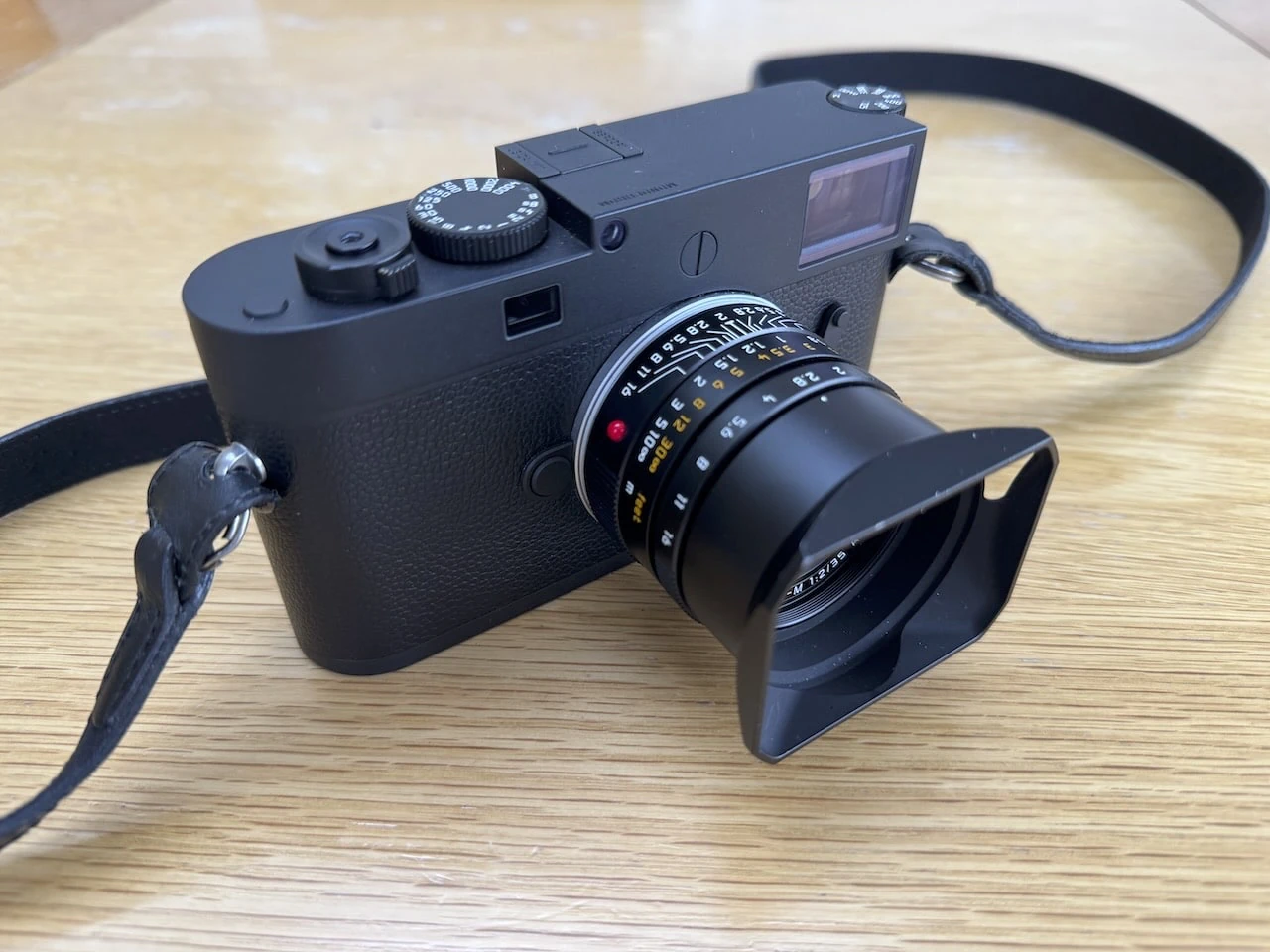
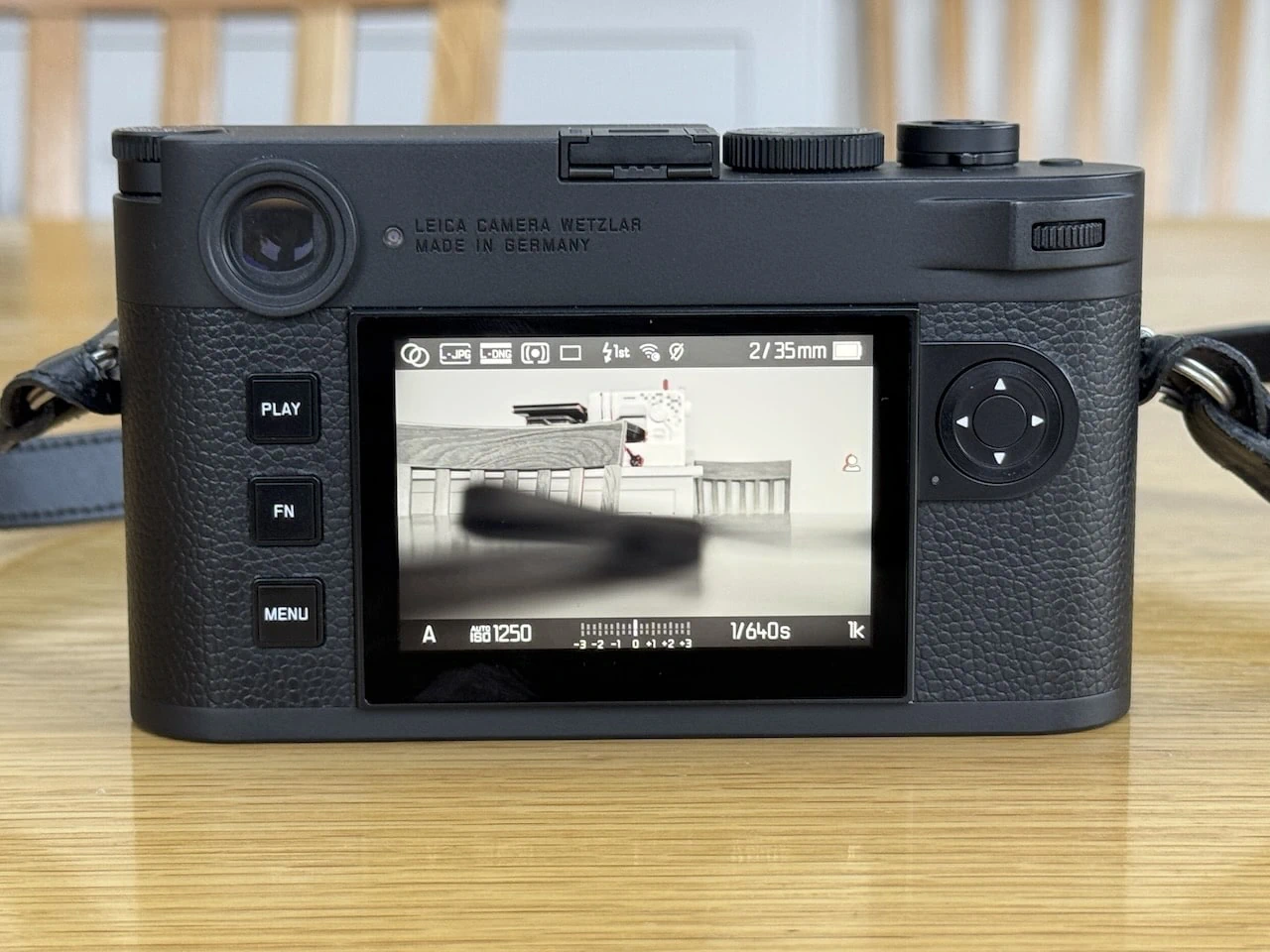
First Impressions
The first thing you notice about a Leica M11 is the weight – this thing is heavy! The rangefinder-like camera I’m used to is the Fujifilm X100V which clocks in at a lightweight 478g. The Leica M11 Monochrom with 35mm Summicron f2 is 986g! Over twice as heavy. That said, it doesn’t feel too heavy – it just feels solid and very well built. This thing is a tank, but it feels fine hung around your neck all day.
I paired the camera with the Summicron-M 35 f/2 which is a lovely lens. It’s small, even with the lens hood. I would have preferred to try the Summilux-M 35 f/1.4 because of the wider aperture, but this is a larger lens and frankly I doubt I’d be able to tell the difference. Also, beggars can’t be choosers! 😅
The camera is clearly great to look at, but it also feels really nice in the hands. The weight and metal construction give it a very high quality feel. Ergonomically it’s very different to SLR-style cameras because it has no grip. There’s a slight thumb grip at the back, but that’s it. This is something I’ve seen people complain about, but personally I have zero issues with it. My film SLR camera (Yashica FX-D), like many cameras from last century, also has no grip but this isn’t a problem because these are cameras that you hang around your neck and operate with two hands. You literally cannot use it one handed because of the manual focus. Go with the flow and the ergonomics are fine.
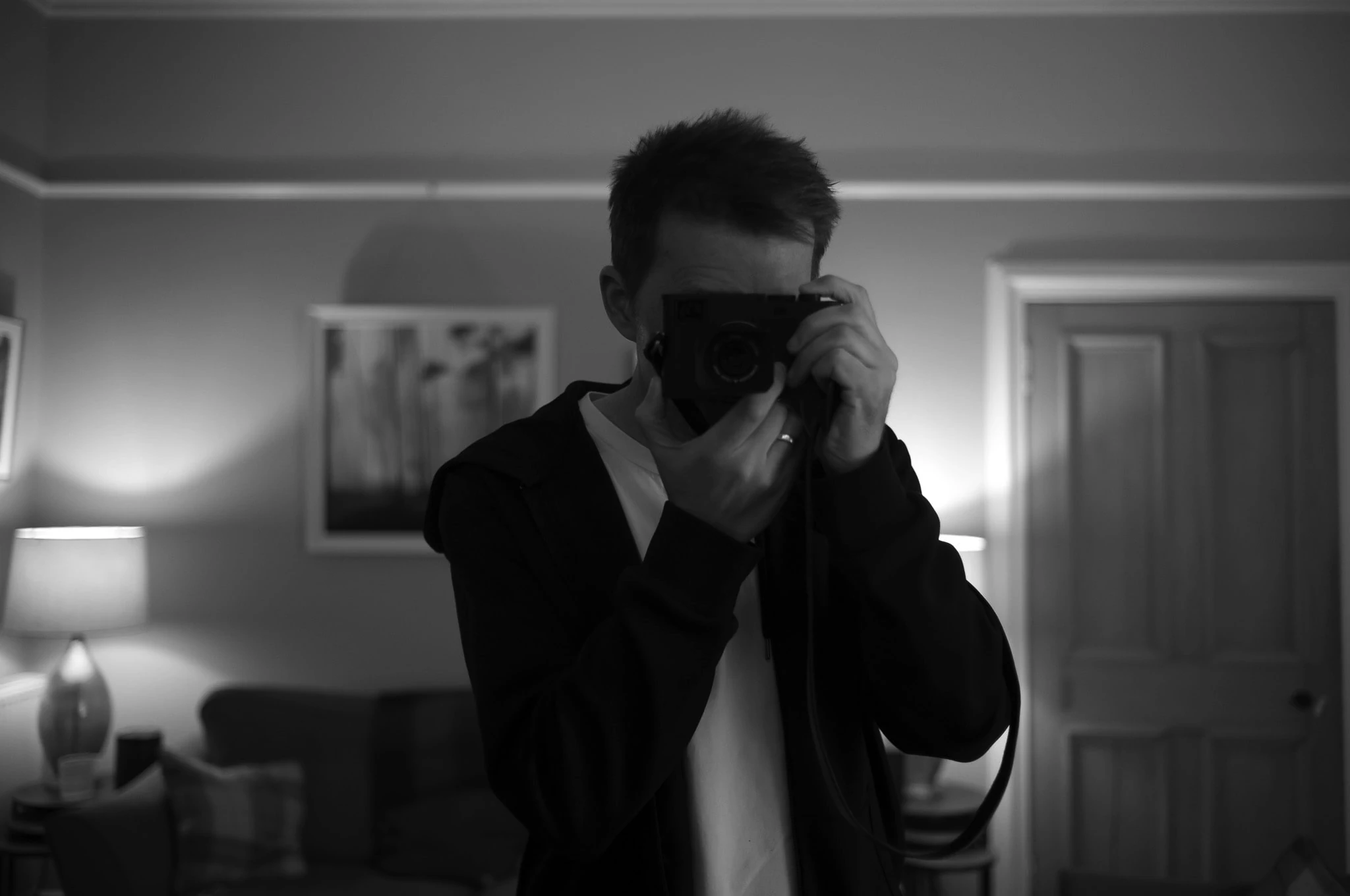
Set up and controls
Setting up the camera was a breeze. I also set up the companion Leica app, but I didn’t actually use it. I have a photography workflow that involves taking out the SD card and importing to my computer at the end of a day shooting. I’m happy doing that, and it’s what I did with the Leica. Like the X100V, you have to take out the battery to get to the SD card. One big caveat here is that the camera also comes with internal storage, so it’s probably a better idea to connect the camera to your laptop via USB-C to download images. This is actually more convenient since the camera has a USB-C socket on the base plate, so I should have actually tested it! Hopefully the transfer speeds are good enough, but I presume they are.
The Leica menu system is very intuitive. I felt like I had a good handle on it after about 5 minutes, which is a stark difference to my Fujifilm cameras – I’ve had them for years and I still get confused by the menus! Other camera manufacturers could learn a lot from Leica here, but I guess overhauling a menu system that people have become familiar with could be problematic. Shame.
The buttons and dials feel great, but the ISO dial can’t be turned unless you pull it up, which I found fiddly. This isn’t the case for the shutter speed dial, so I can’t see the logic in having them operate differently. You’re very unlikely to accidentally knock them because they’re solid and robust (unlike the X-T5, sadly) so it’s an odd choice. In practice I don’t tend to mess with ISO (I use auto) so it wasn’t a problem.
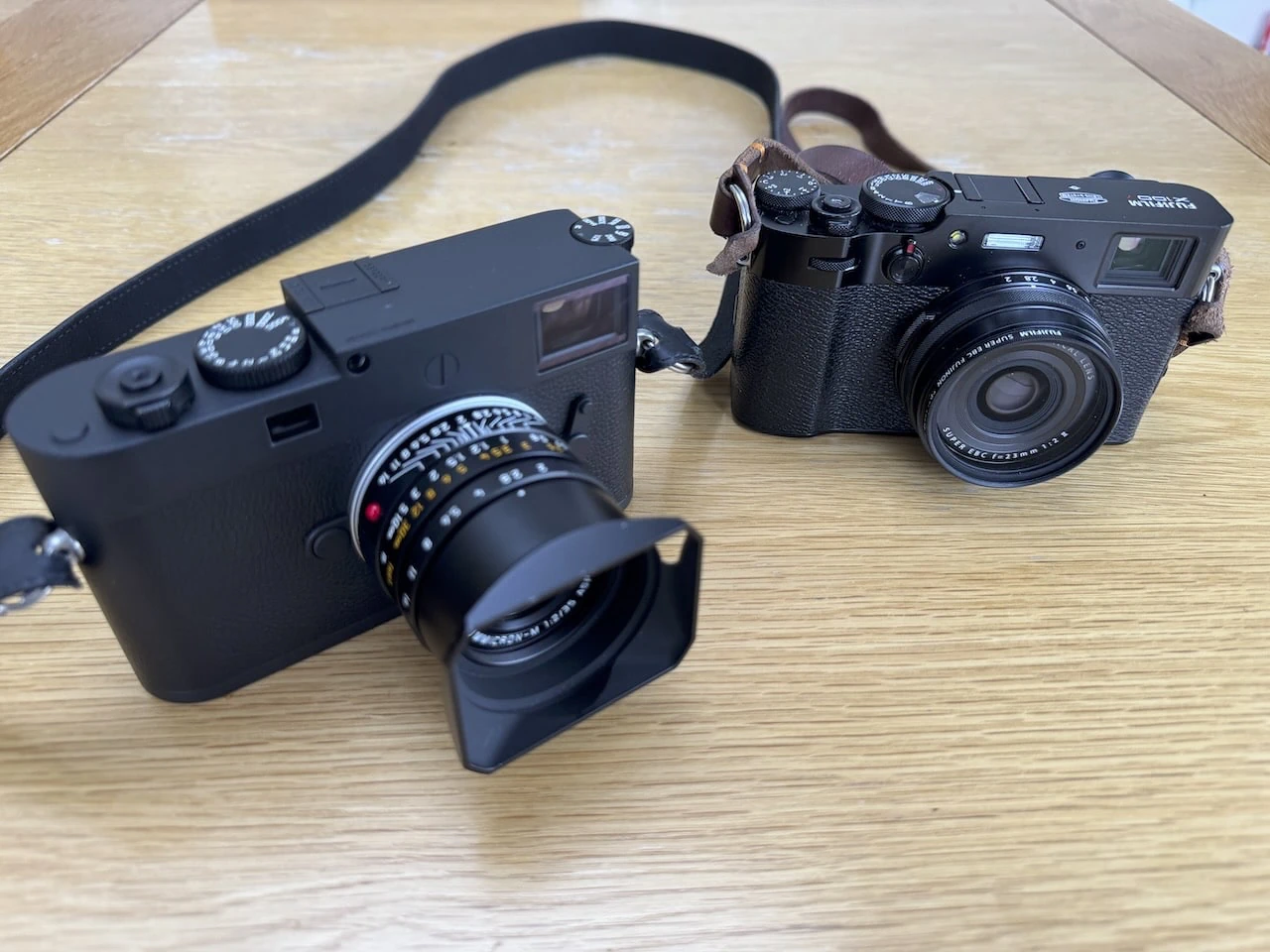
Learning to use the rangefinder
The biggest learning curve you’ll have with a Leica M11 is the rangefinder, which is this camera’s main selling point. If you don’t like manual focus with a rangefinder, stop reading now!
The rangefinder on the M11 works in the same way as it has done in Leica’s classic film cameras going back to the 1950s when the M system was first introduced. When you look through the viewfinder you’ll see a small but bright rectangle. This is a double image and you have to adjust the focus on the lens to bring the two images in alignment with each other. When they’re aligned, your photo is in focus in the area you’re looking at.
You get the idea for how this works quickly, but being adept at it is a lot harder. After a couple of long days of shooting, I felt okay at it but I found it hard work. I’m fairly used to manual focusing with my SLR which has a ‘split image’ in the viewfinder, but I found the rangefinder a little harder to use. Any of these systems has it’s difficulties, especially when trying to focus in low light or in areas of low contrast, but with effort you can usually work around it. Make no mistake though, this is hard work compared to the magic of modern autofocus!
If you’re shooting at f/8 or above, the focus range is forgiving, but when trying to take portraits wide open at f/2, you have to be very accurate. Even when taking my time and trying hard to focus on the subject’s eye, I still got it marginally wrong and missed shots, which was frustrating.
The framelines in the viewfinder did seem pretty accurate, but there’s no escaping the fact that it’s not going to be 100% as it would be through an electronic viewfinder (EVF).
If you’re struggling with the rangefinder you can always use the screen, which uses focus peak highlighting to show what’s in focus (the Fujifilm cameras also have this). The problem with this for me though is that my short distance eyesight without glasses isn’t great, so I kinda have to use the viewfinder!
On the streets, in the wild
As I usually do with my Fujifilm cameras, I shot exclusively in aperture priority mode for this test drive. Manually adjusting ISO seems almost pointless since the images that come out of the camera are almost noise free, even at ISO 3200 (a far cry from my Fujifilm!), and unless I’m going for an intentional slow shutter movement, I stick with my tried and tested formula of auto ISO (maxing out at 3200) and auto shutter speed (with a minimum shutter speed set to 1/250s).
I also used the ‘multi’ exposure mode which worked really well. There are the typical options for exposure, including a highlight weighted one. I found spot metering or center weighted to be risky given that I was only using the rangefinder and not the screen – if you’re looking at a live view image these would be fine, but you’re just looking at the scene through glass. I’m not sure how you’d cope with spot metering in this case, but I’m sure there’s a technique. I found multi mode far more forgiving, and it worked fine for all the shots I was taking. If the exposure wasn’t quite right, there’s more than enough range in the RAW files to correct.
With this set up, the only thing I really had to be concerned with was the framing and the focusing. When walking around, I’d tend to look at the lens and move it into the estimated zone (i.e. 3m, 5m, 10m) which meant that when I came across a scene I liked, I should only need to fine-adjust the focus. In practice though, I still had to fiddle quite a lot. Often, I had to move the camera away from the composition I wanted just so I could adjust the focus on something distinct, then recompose the image. It’s not that much of a problem once you get used to it – and indeed, sometimes you have to do this with autofocus as well – but the process definitely felt slower than it does with my Fujis.
This is the thing with the Leica M. Unless you’re one of those street photographers who zone focuses to 2m at f/11 and shoots from the hip at passers by (not for me!) then you have to take your time. It sounds pretentious, but you do actually have to be a little slower, more intentional with your photography. Just like you do with a film camera, and that’s not a coincidence! For all intents and purposes, this is a film camera experience with a digital output. That’s the point!
Sample images
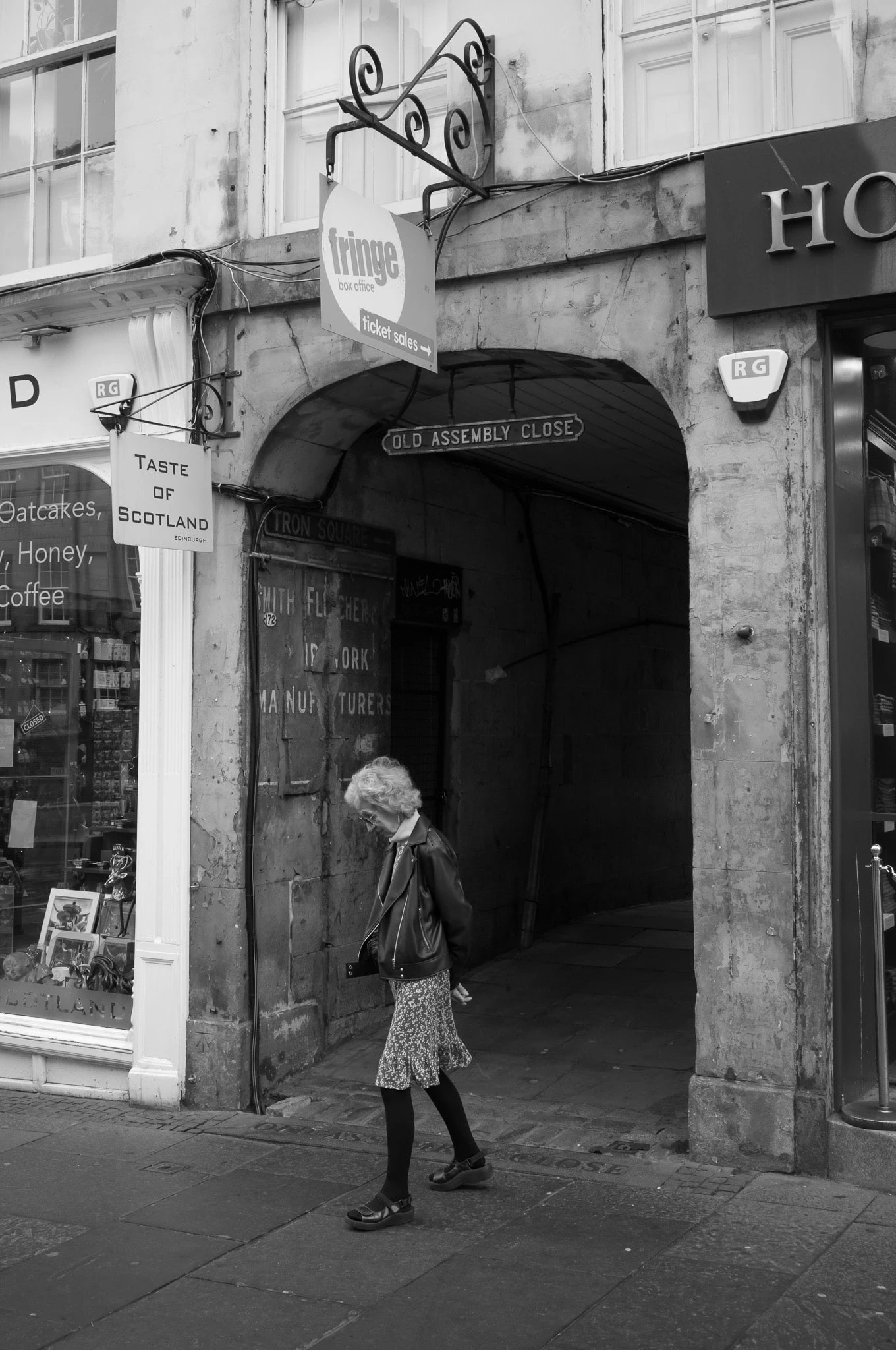
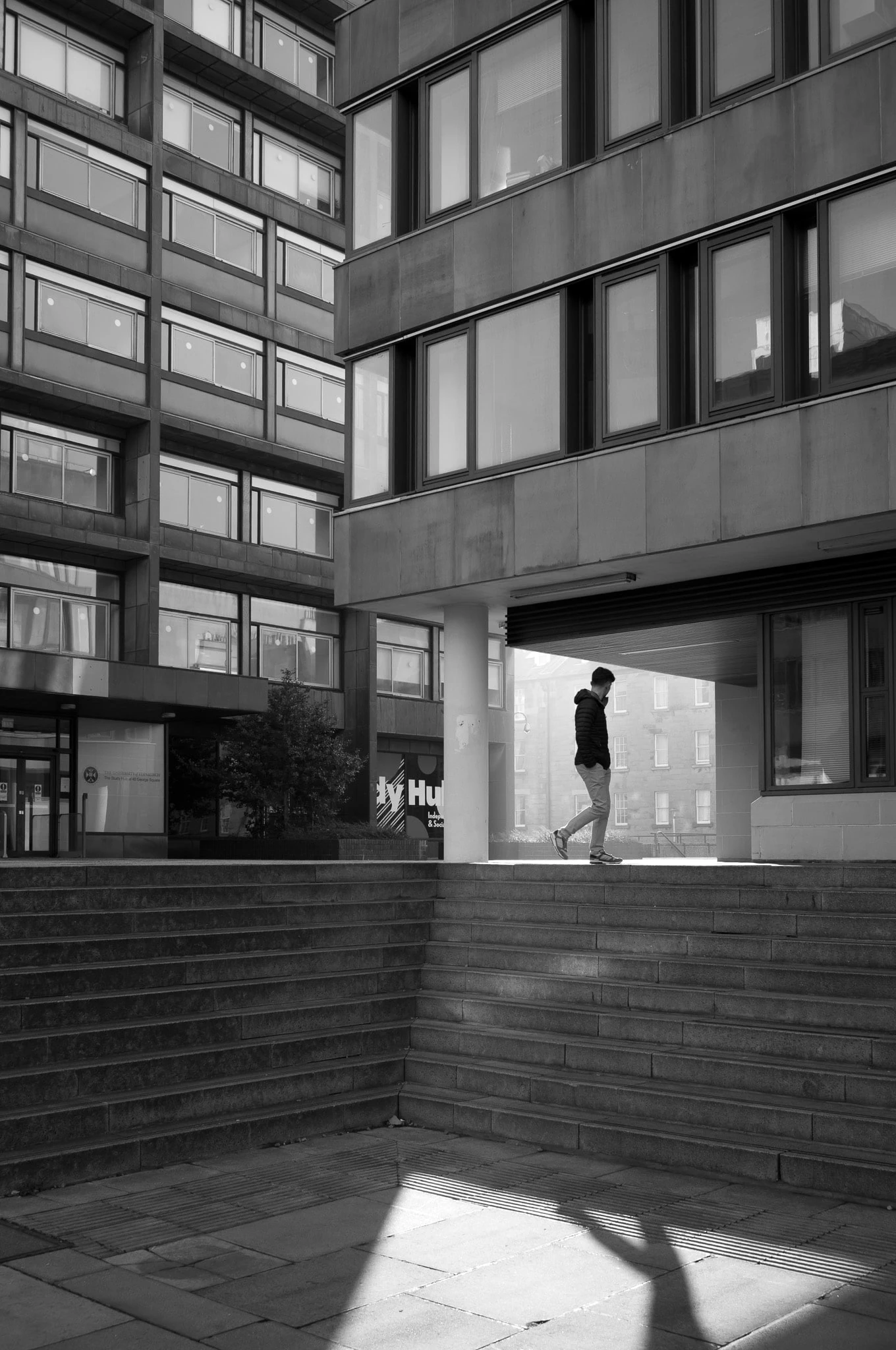
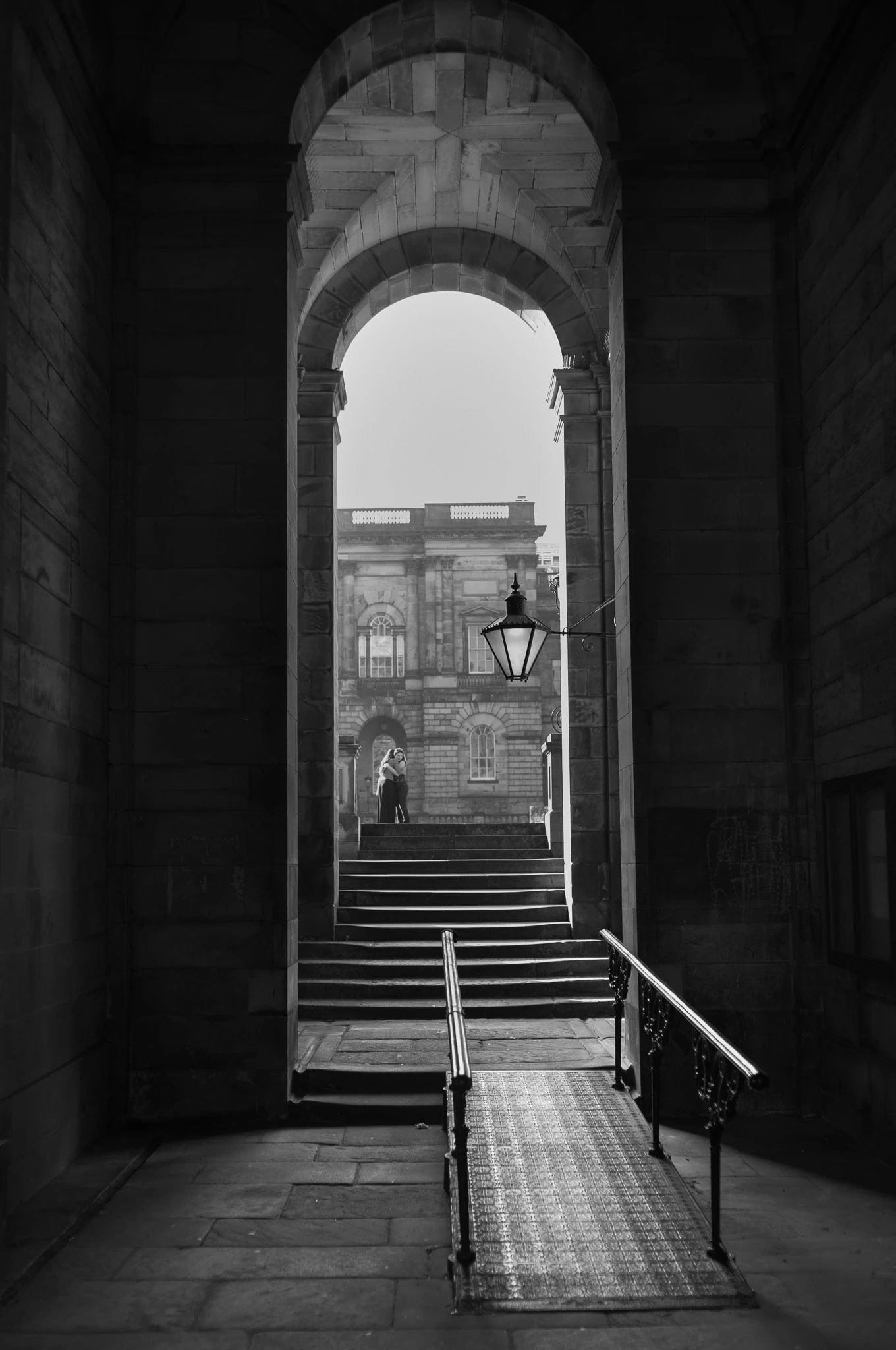
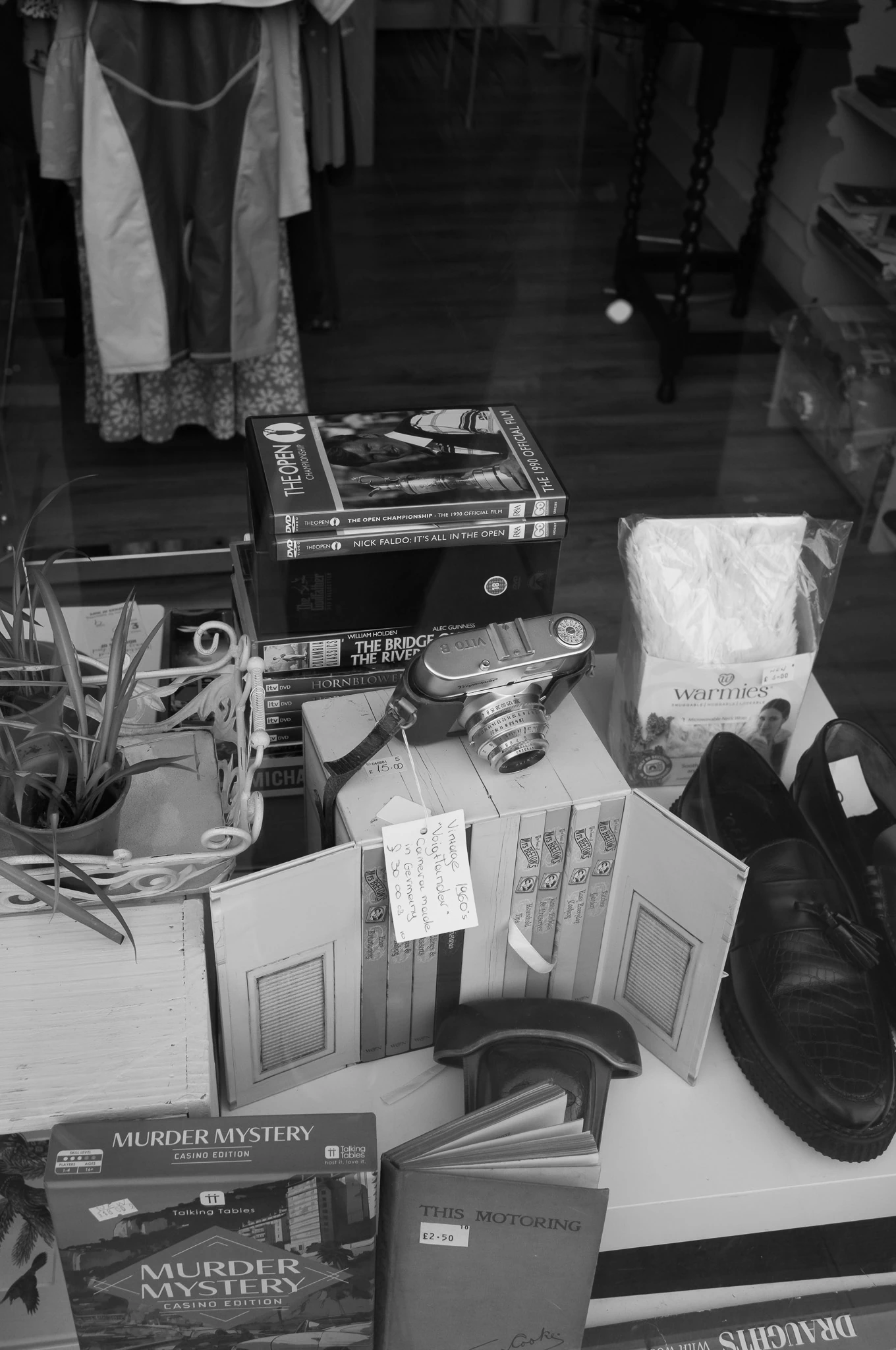
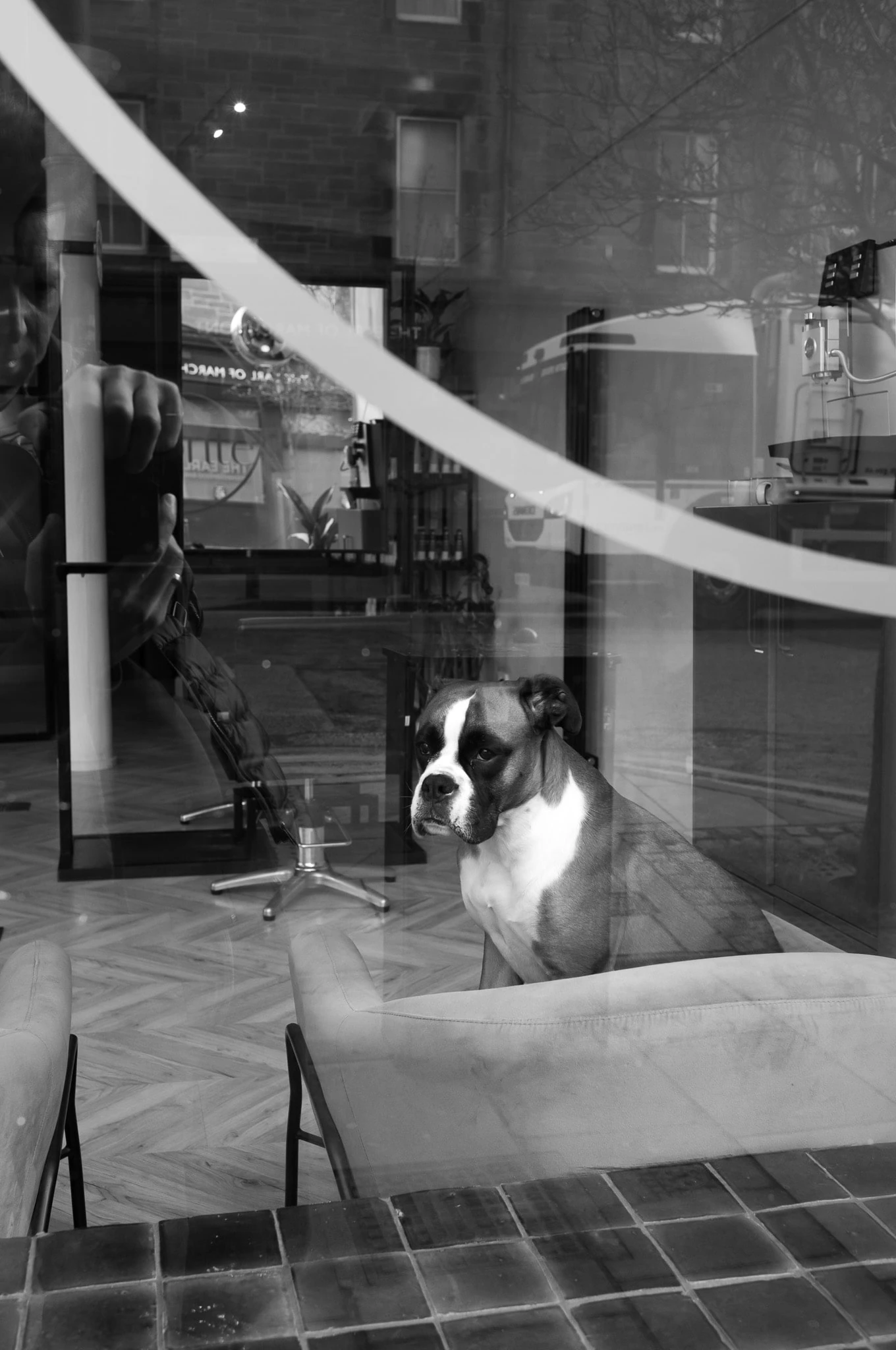
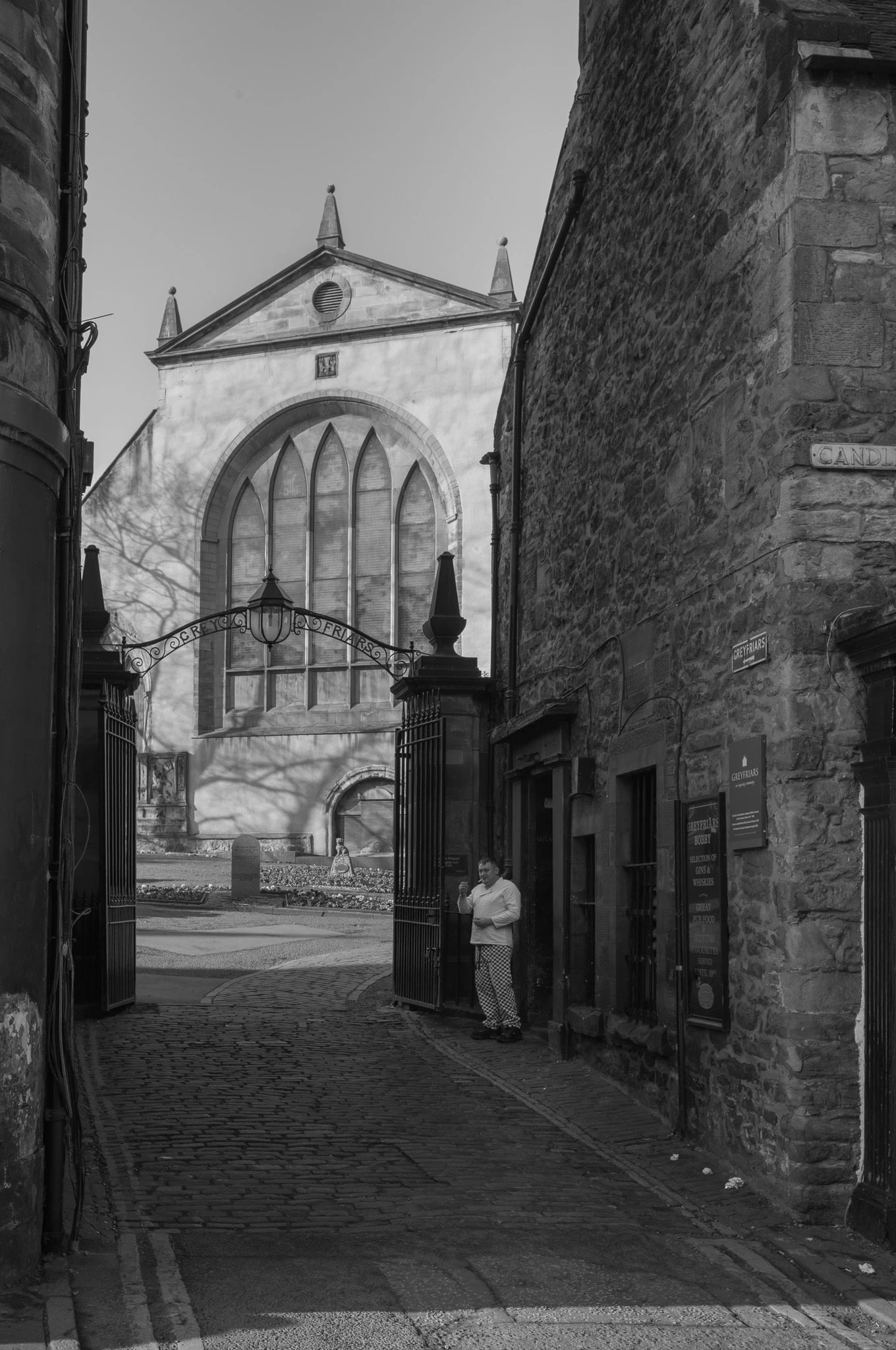
Things I love about the camera
I love the feel of it, not gonna lie. It’s chunky, it’s weighty, but it’s just right. I love my X100V but by comparison it does feel plasticky and a bit cheap – which is crazy since it’s a £1500 premium camera in itself!
The image quality is, of course, fantastic. The monochrome sensor has a huge dynamic range, and it has little noise even at relatively high ISOs like 3200 and 6400. Maybe other full-frame cameras like the Sony A7V, or medium format ones like the Fujifilm GFX, are just as good – but it was certainly noticable over my ASPC Fujifilm X-series. That said, you can probably replicate the dark blacks using editing in Lightroom with Fujifilm RAW files, and Lightroom’s AI noise removal is also remarkably effective these days if you do need to remove the noise. How much of the image quality is down to the lens, I’m not sure. Probably a lot. That combo of incredible sensor plus incredible lens is hard to beat in the pixel stakes.
This is probably not important to people, but the shutter sound really is wonderful. It makes a delightful, satisfying “thunk” when you press it. Forget stealthily taking photos with this – people will hear it. My X-T5 has a nice shutter sound, but it doesn’t have the weight and satisfaction of this. The leaf shutter of the X100V is silent, and for me that’s a downside. I’ll definitely miss this feeling!
The M11 Monochrom only has a single SD card slot, but it has 256GB of internal storage. This is brilliant! Given the price of storage these days, I’m surprised that other camera manufacturers are not doing this. I’m sure it will come.
Things I find annoying
Nothing is perfect, and that’s true for the Leica M11.
It is noticably slow to start up. Much more so than my Fujifilm. That said, you can turn off power management and just leave it on continuously. This isn’t too much of a problem battery-wise if you have the screen turned off as well, which I did. The battery easily lasted all day, shooting at my pace (which is a little slow).
The lens hood got in the way of the rangefinder. I found this super-annoying! Every time I looked through the viewfinder, I could see this black thing in the top-right – I kept thinking I had my finger over the lens! I could have removed the filter, but that kinda defeats the point. I know the Fujifilm X100V has the same problem with it’s “rangefinder” view, but I exclusively use the EVF on that camera so it’s not a problem.
I didn’t use the back screen much at all, but the lack of a tilting mechanism is a big drawback for me. Without this, it’s very hard to take shots from a low (or high) angle without randomly shooting and hoping for the best. Leica have added this to the Q3, so they clearly have the technology, so to omit it seems like a punishment.
I thought the minimum focusing distance of this camera/lens combo was poor at 1m. Other M lenses seem to focus at 0.7m, which is better but still not great. The Fujifilm XF 23mm f/1.4 LM by comparison is 19cm. Maybe this isn’t that important, but I noticed it despite rarely taking close up shots.
Final thoughts
I could definitely learn to love this camera, but it definitely wasn’t love on first use. I enjoyed it for sure, and I can 100% appreciate the quality and the unique experience, but from a practical point of view there was just too much getting in the way for me to feel productive.
It absolutely does feel like using a film camera, so Leica have nailed it in this regard. It’s really quite remarkable. For me though, I have a film camera that I use occasionally, and while I savour that experience with film I don’t necessarily want it all the time when shooting digital. More often than not I want a workhorse like my X-T5 that is fast, has great image quality and I can throw in a bag without thinking too much about bashing it. The Leica M11 Monochrom and 35mm Summicron f/2 costs over £14,000 – this would always be in the back of my mind!
A Leica is a luxury purchase. It’s like buying a Rolex or an Aston Martin. It does the same job as far cheaper alternatives, but it will make you feel a bit special as people turn their heads. If that’s important to you, great! I have no problem with people buying a Leica or an Aston, but let’s be clear – it’s an experience you’re buying, far more than unique quality. Your sub-£1000 X-T3 with an f/1.4 lens will take amazing photographs with the right subject, lighting and composition. Never forget that!
If you have the disposable funds and want the unique experience, go for it. You’ll love it! If you’re lusting after a Leica because it’s what the great photographers - or your favourite YouTube influencers – use and you think it will help your photography, it won’t. Save your money and spend it on travel, workshops, and a selection of lenses. Practice, practice and more practice is the thing that will improve your work. The camera you use makes little difference.
Create a Photo Journal with Pagecord
Pagecord is a beautiful, independent blogging platform, perfect for photographers. Create a photo blog on your own domain for only $29/year. Private, no ads, no algorithm - just your photography.
